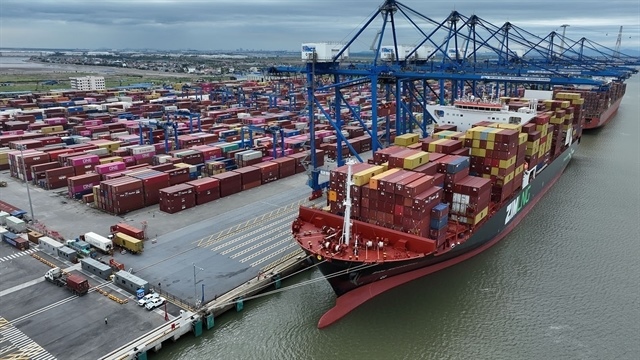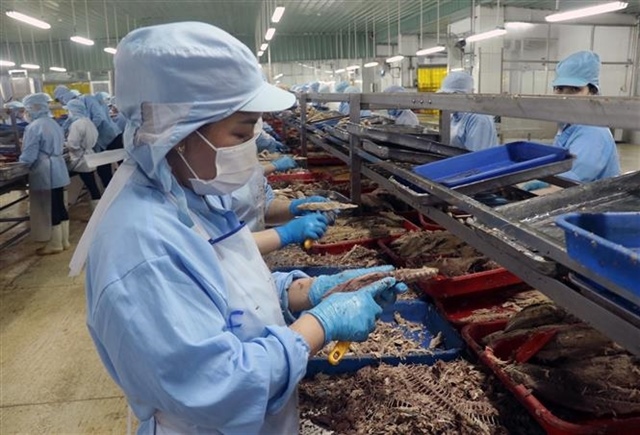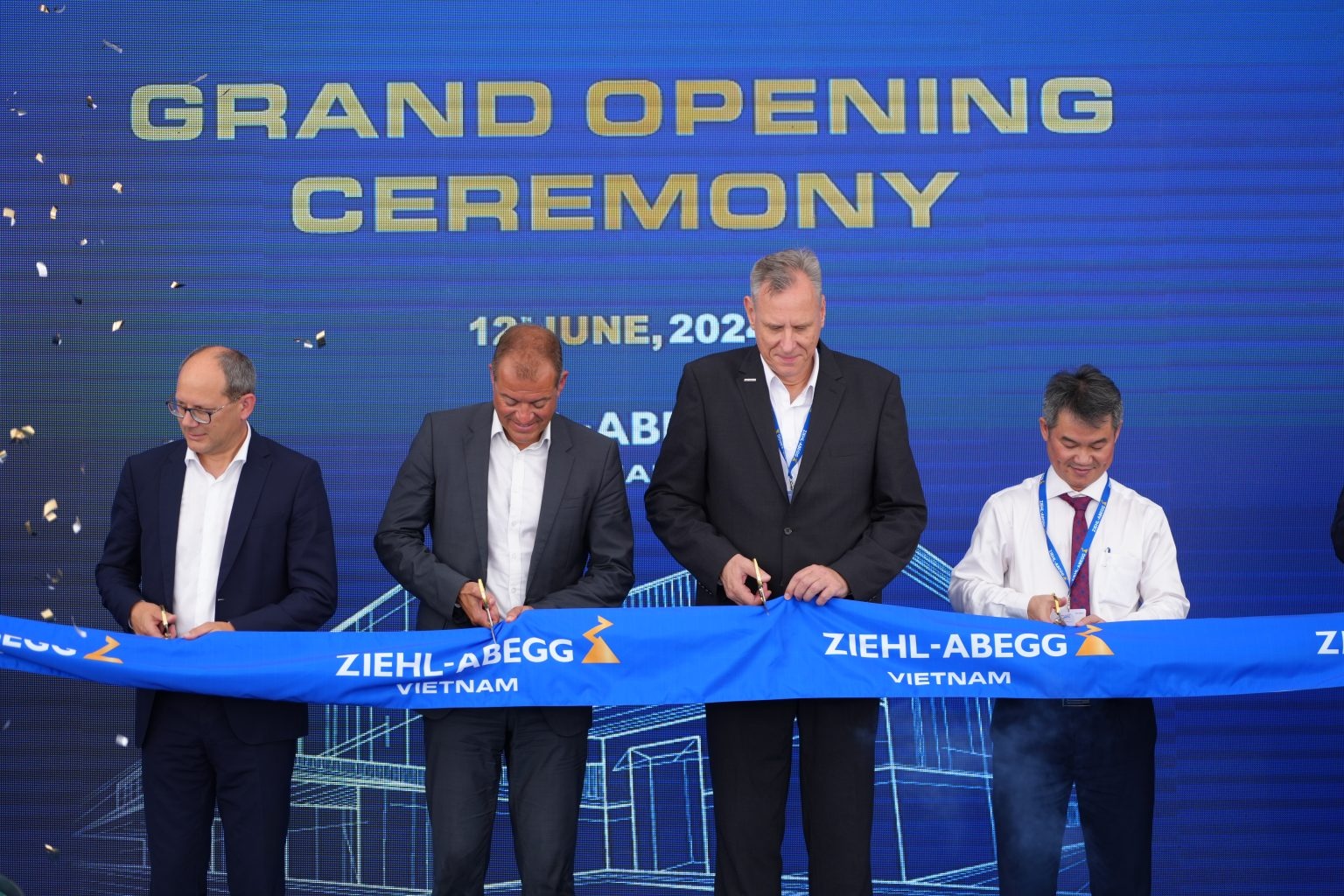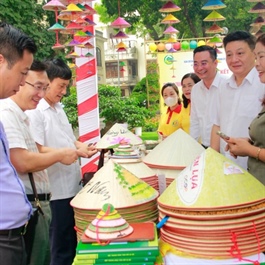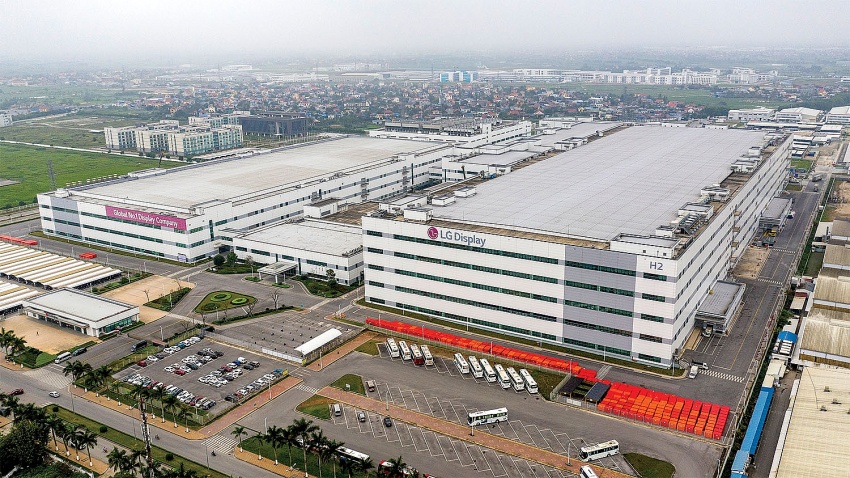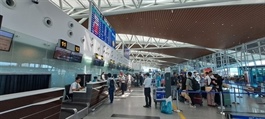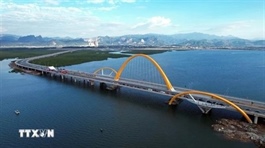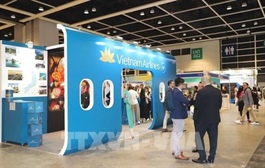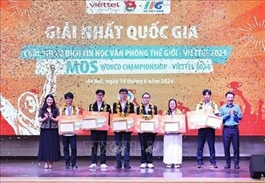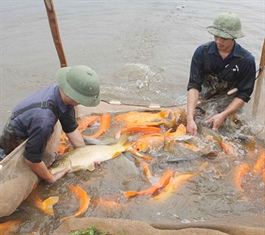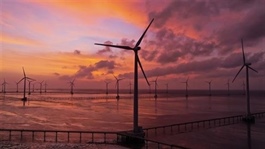Origin rules hinder non-compliant firms
Origin rules hinder non-compliant firms
Despite the EU-Vietnam Free Trade Agreement’s removal of tariffs for many export items into the EU market, meeting stringent rules of origin may be a burden for businesses to cash in on the deal’s benefits.
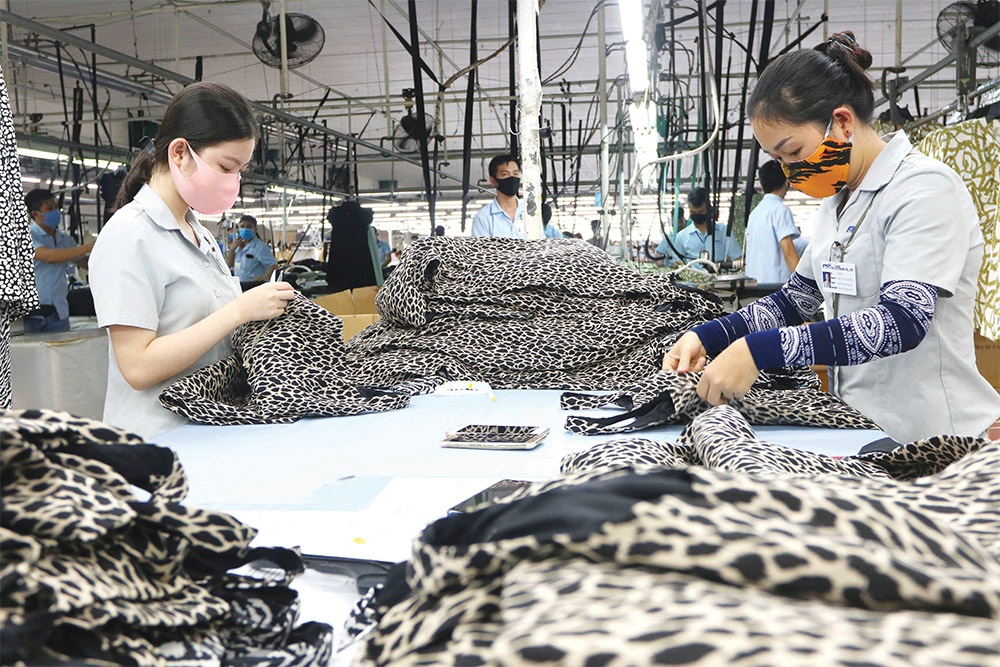
The General Statistics Office last week reported that in the first five months of this year, the two-way trade value between the 27-member EU and Vietnam reached $27.1 billion – up from $23.54 billion recorded in the same period last year.
This includes $20.7 billion worth of exports – up 16.1 per cent on-year, and imports of $6.4 billion – up 11.3 per cent on-year.
According to the General Department of Vietnam Customs (GDVC), the five-month export figure to the EU should have been larger if exporters from Vietnam had met many strict regulations including the rules of origins (ROO) under the EU-Vietnam Free Trade Agreement (EVFTA), whose tariffs have been reduced partly since it took effect in 2020.
“Many exporters have been unable to meet those regulations so their export applications to the EVFTA have been refused and instead they have had to apply to ordinary export regulations,” said Nguyen Thi Ngoc Tu, an expert from the GDVC’s Hanoi Customs Department.
Since last year, the EU has eliminated import tariffs for thousands of Vietnamese items, but instead the bloc has been applying some regulations that may affect non-EU items imported in to the bloc’s market.
“For example, one of the greatest challenges is that exporters from Vietnam are required to meet ROO, which is a tough condition,” Tu said. “So as to benefit from the EVFTA’s tariff advantages, exporters have to ensure that their products have specific and clear origins as stipulated by the EVFTA.”
According to Vietnam Briefing under consultancy firm Dezan Shira & Associates, products will benefit from the tariff preferences under the EVFTA’s ROO provided that they can prove that they are “originating”. Products are considered originating under the EVFTA if they are wholly obtained in Vietnam, or they are products produced in Vietnam that incorporate materials which have not been entirely obtained there, provided that such materials have undergone sufficient working or processing within Vietnam.
While raw materials from Vietnam and goods manufactured in the country using Vietnamese inputs easily fall into the wholly obtained category, many goods contain materials or components imported from countries not party to the EVFTA.
These goods must prove that the inputs that have been inputted have undergone specific levels of alteration within Vietnamese borders to tap into the benefits of the EVFTA. Many goods have set procedures that must be completed within Vietnam for the good in question to be considered originating.
Under the EVFTA, all firms exporting goods from Vietnam to the EU have two options concerning compliance. Depending on their status with the Vietnamese government, exporters must either complete a certificate of origin and origin declaration form or a specialised origin declaration form.
Vietnam exports many types of goods to the EU market. For example, in the Vietnam Textile and Apparel Association (VITAS) said, upon the entry into force of the EVFTA, this industry is not worried about quality and standard, but about ROO impediments.
“There are many opportunities to raise garment and textile exports to the EU to benefit from the EVFTA, but it will be difficult for Vietnamese exporters to meet ROO requirements as Vietnam’s cloth materials are largely imported from non-EU sources, such as China, India, and South Asia,” said VITAS vice chairman Truong Van Cam. “Meanwhile, the EVFTA only offers priorities to Vietnamese garments and textiles products produced domestically or imported from the markets that have FTAs with the EU such as Canada, Japan, South Korea, and Singapore.”
Vietnam’s garment and textile exports to the EU increased from $3.33 billion in 2018 to $4.46 billion in 2022, and over $4 billion last year, according to the GDVC.
At present, as much as 80 per cent of cloth materials are imported from foreign markets – in which about half is from China, 15 per cent from Taiwan, and around 18 per cent from South Korea.
According to a guide to the EVFTA issued by the Delegation of the European Union to Vietnam, the EVFTA also provides for bilateral cumulation. It means, for example, that EU textile producers may supply Vietnamese garment producers with fabrics originating in the EU.
“The FTA provides cumulation with South Korea in relation to fabrics used for producing garments after complying with certain administrative requirements,” the guide said. “Vietnam will also benefit from cumulation with ASEAN countries with which the EU has an FTA in force for the fishery products of squid and octopus.”
A review clause foresees the possibility of agreeing to extended cumulation for more products and/or more countries with which both parties have an FTA in the future. This has to be requested by one of the parties and will require consensus from both sides, it added.
Under the EVFTA commitments, all Vietnamese garments and textiles will enjoy a zero import tax rate by August 2027. The EU will remove import tariffs for 77.3 per cent of Vietnam’s garments and textiles after five years, and the remaining 22.7 per cent will follow suit after the next two years.
Under a study by the Ministry of Planning and Investment, the EVFTA will help Vietnam’s export turnover to the EU increase by 42.7 per cent in 2025 and 44.37 per cent in 2030 compared to no agreement. At the same time, the import turnover from the EU will also climb but at a lower rate than exports, meaning 33.06 per cent in 2025 and 36.7 per cent in 2030.


